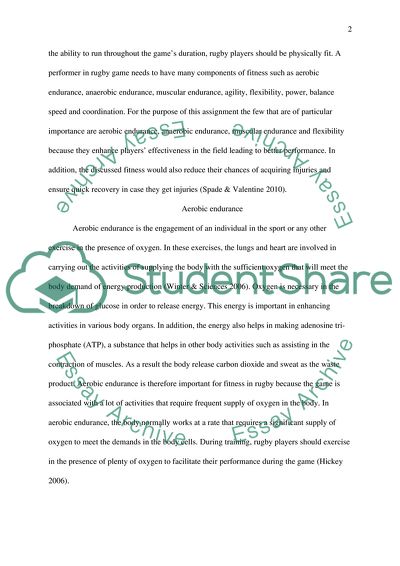Cite this document
(“Training for Health, Fitness and Sport Essay Example | Topics and Well Written Essays - 2000 words”, n.d.)
Training for Health, Fitness and Sport Essay Example | Topics and Well Written Essays - 2000 words. Retrieved from https://studentshare.org/health-sciences-medicine/1590384-training-for-health-fitness-and-sport
Training for Health, Fitness and Sport Essay Example | Topics and Well Written Essays - 2000 words. Retrieved from https://studentshare.org/health-sciences-medicine/1590384-training-for-health-fitness-and-sport
(Training for Health, Fitness and Sport Essay Example | Topics and Well Written Essays - 2000 Words)
Training for Health, Fitness and Sport Essay Example | Topics and Well Written Essays - 2000 Words. https://studentshare.org/health-sciences-medicine/1590384-training-for-health-fitness-and-sport.
Training for Health, Fitness and Sport Essay Example | Topics and Well Written Essays - 2000 Words. https://studentshare.org/health-sciences-medicine/1590384-training-for-health-fitness-and-sport.
“Training for Health, Fitness and Sport Essay Example | Topics and Well Written Essays - 2000 Words”, n.d. https://studentshare.org/health-sciences-medicine/1590384-training-for-health-fitness-and-sport.


